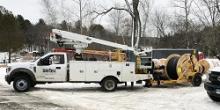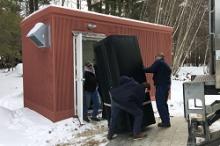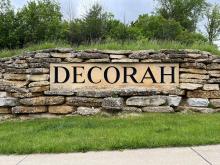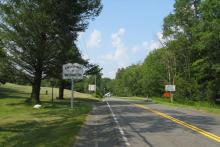
As the oldest son of the legendary folk singer Woody Guthrie, Arlo Guthrie — the Town of Washington, Massachusetts’ most famous resident — built a name for himself as a singer-songwriter by letting folks know, “You can get anything you want at Alice's Restaurant.”
But if you ask the town’s Broadband Manager Kent Lew, there was one thing that was not on the menu in Washington before last year: high-speed Internet connectivity.
That’s no longer the case as the small town of Washington (pop. 549) has been on the vanguard of rural communities in the hill towns of the Berkshires that have built out (or are in the process of building out) Fiber-to-the-Home (FTTH) networks to bring gigabit speeds and affordable connectivity for residents for decades into the future.
The Pandemic: Curse & Blessing
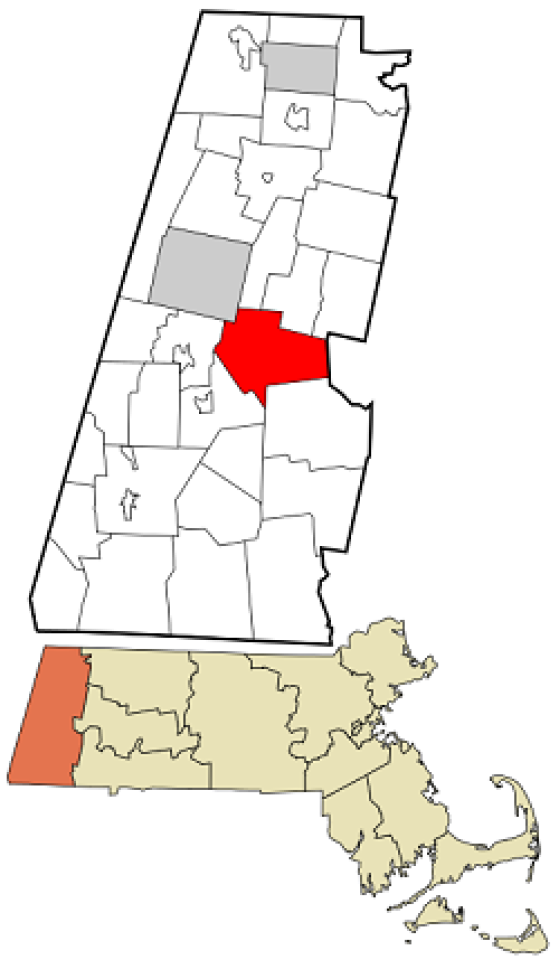
“On the eve the Governor announced the (pandemic) shut down in March of 2020, our first Fiber Service Area was ready,” Lew recalled in a recent interview with us. “It was tremendous that we were able to do this just as people really needed it.”
As one of dozens of Western Massachusetts towns working in partnership with municipal utility provider Westfield Gas + Electric (which operates Whip City Fiber) to build broadband infrastructure, it was in 2015 that Town Meeting voters authorized a $770,000 bond issuance to finance half the construction costs of the $1.47 million network. The other half came from state grant funding.
The network design work wrapped up in 2018 with construction beginning in earnest the following year. The First Service Area was set to be lit up in March of 2020 and the entire rest of the network, which passes all 280 premises in town, was completed two months later in May of 2020 with construction crews having deployed 26.5 miles of fiber.
Still, the initial months of the pandemic lock-down, Lew said, was a “very frustrating period. Just when the stakes couldn’t be higher was exactly the point when we couldn’t do home installations. So we had to take a six-week hiatus.”
But by the late spring of 2020, with COVID health and safety protocols in place, Whip City Fiber resumed work and began the drops and installation for residents who had pre-subscribed, connecting the first customers on May 13, 2020.
In normal times, service rollout would be done in phases. But with the entire network built and residents across town clamoring for high-speed Internet access amid the pandemic, Lew said, “we had to develop a triage [system]: families with school children who needed to get online for remote learning, everyone suddenly forced to work from home, people who had been stuck with (Verizon) DSL, figuring out the hard drops and easy drops. It was a very delicate dance of who we were going to prioritize.”
‘It’s been absolutely life changing’
By the end of the fall of 2020, Whip City Fiber had managed to connect between 75 and 80 percent of those who pre-subscribed for service. Today, 99 percent of those who pre-subscribed (195 customers) have been connected. That translates into a take rate of about 70 percent, which would make municipal network operators in most other communities envious, although the take rate in neighboring towns are higher, Lew said.

For about 40 percent of subscribers that was enough to cover the entire cost for the drop. The other 60 percent did have out-of-pocket costs to run a fiber line from the pole to their homes. And depending on whether the residence had underground utility and conduit, or depending on how far back the home was from the utility pole, the costs varied. For the 60 percent of subscribers the subsidy didn’t fully cover, the average out-of-pocket cost was $467 with a median cost of $200, Lew said.
“When we started, some people who had DSL said: ‘oh wait, out-of-pocket cost? I’ll hold off.’ They were getting by. But then COVID hit and Verizon, for whatever reason, let their service get worse and worse. Some said they were barely getting a Meg (1 Megabit per second),” Lew said. “Now, pretty much anyone who is Internet-dependent in town has signed up. For some people in town, it’s been absolutely life changing. And we expect there are still going to be latecomers.”
The “latecomers” and those who already have service are no doubt drawn by the reliable high-speed connectivity — and the price.
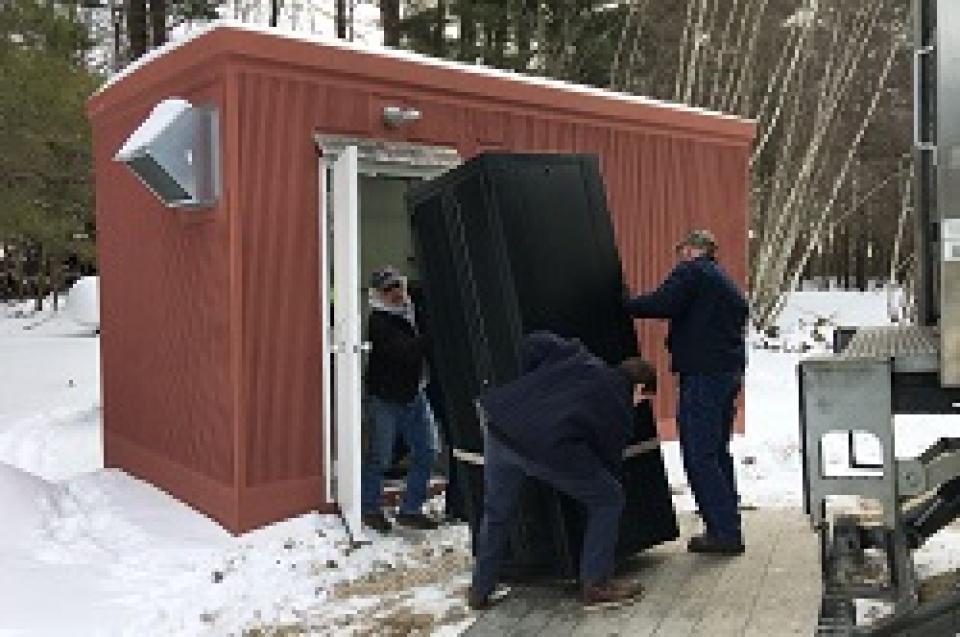
Washingtonians can get a 25 Mbps symmetrical connection for $60 per month or a symmetrical 1 Gbps (Gigabit per second) connection for just $75 per month. No contracts required, equipment and Wi-Fi router included, and no data caps.
It’s been a labor of love for Lew, whose consulting work allowed him to take a year off to focus on supervising the network build. In fact, although he doesn’t come from a technical background, he rolled up his sleeves, learned how the network’s components fit together, and even did a handful of the home installations himself.
And yes, Lew confirmed for us, Arlo Guthrie is a subscriber to the service.
For more on how Whip City Fiber is helping communities in the western part of the state build fiber networks to serve residents, businesses, and community anchor institutions, listen to episode 429 of the Community Broadband Bits podcast below.
Header image courtesy of Wikimedia user John Phelan CC BY 3.0
Inline images from Kent Lew

